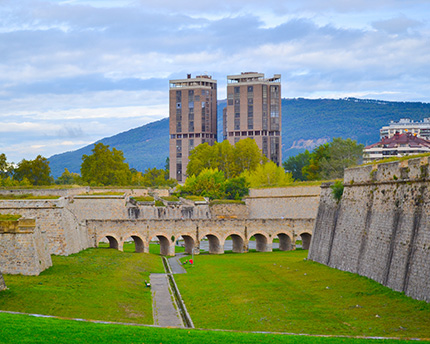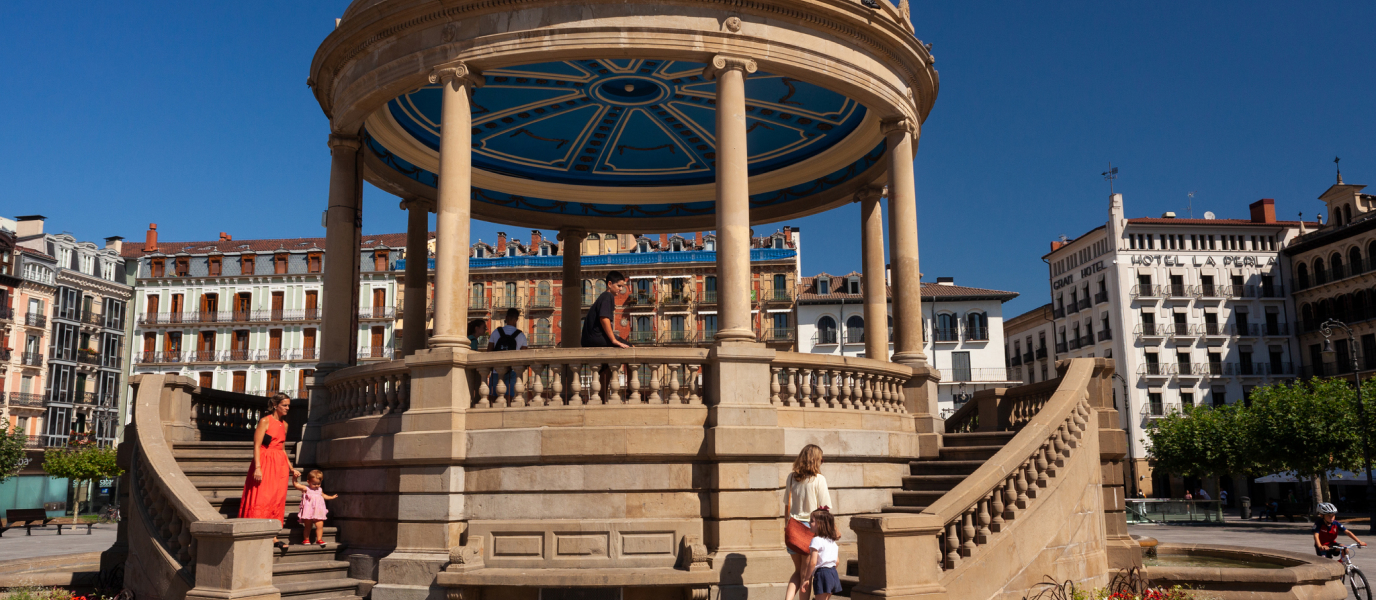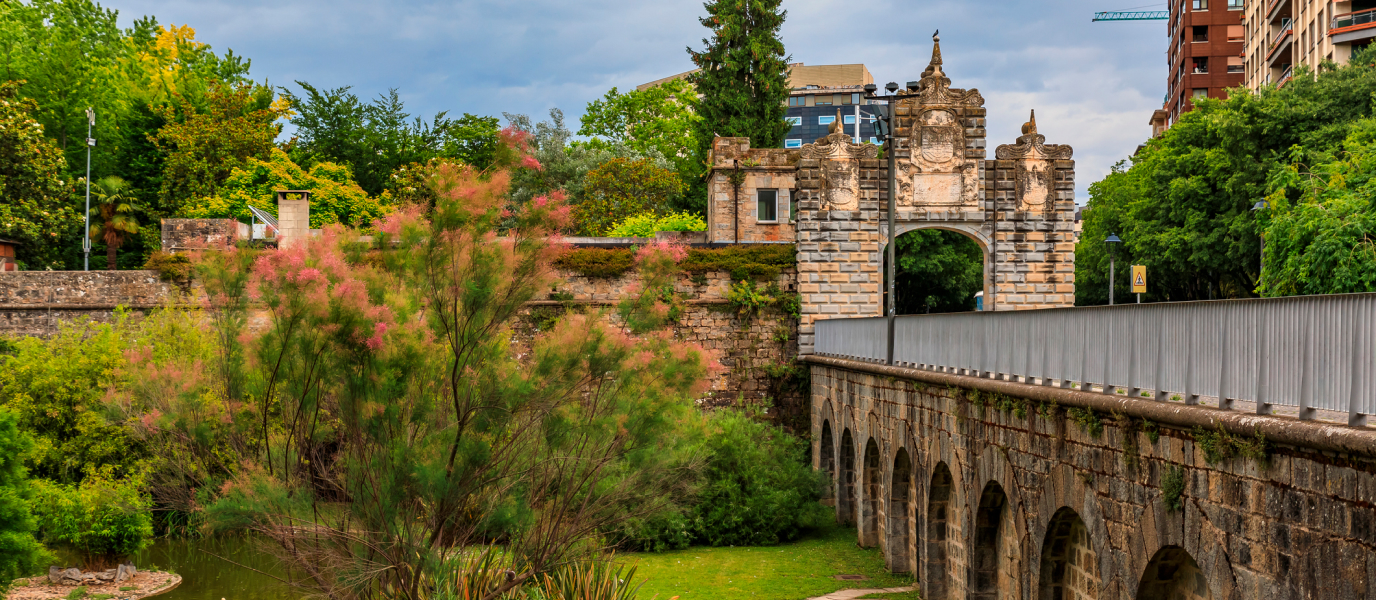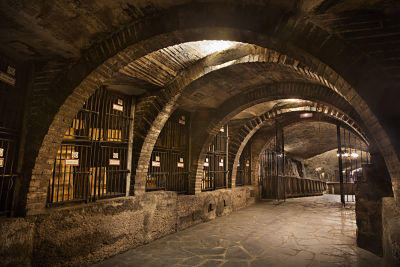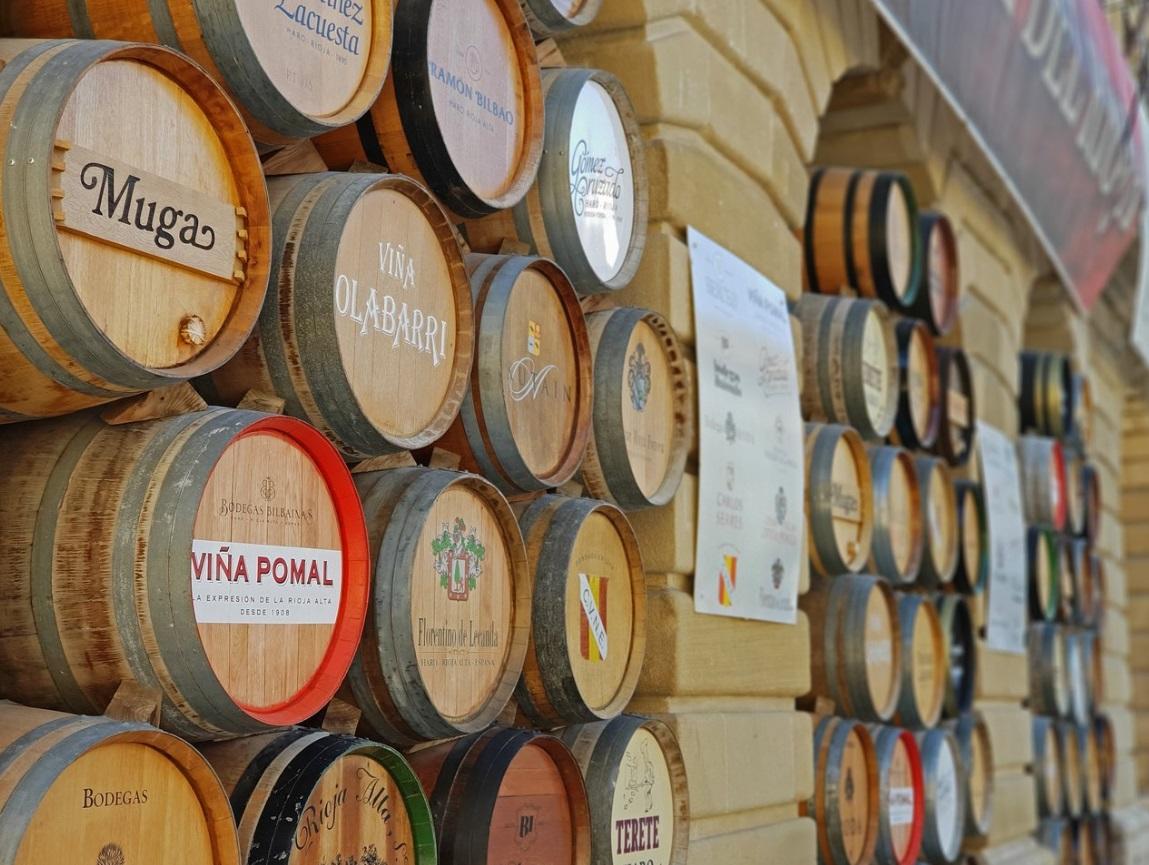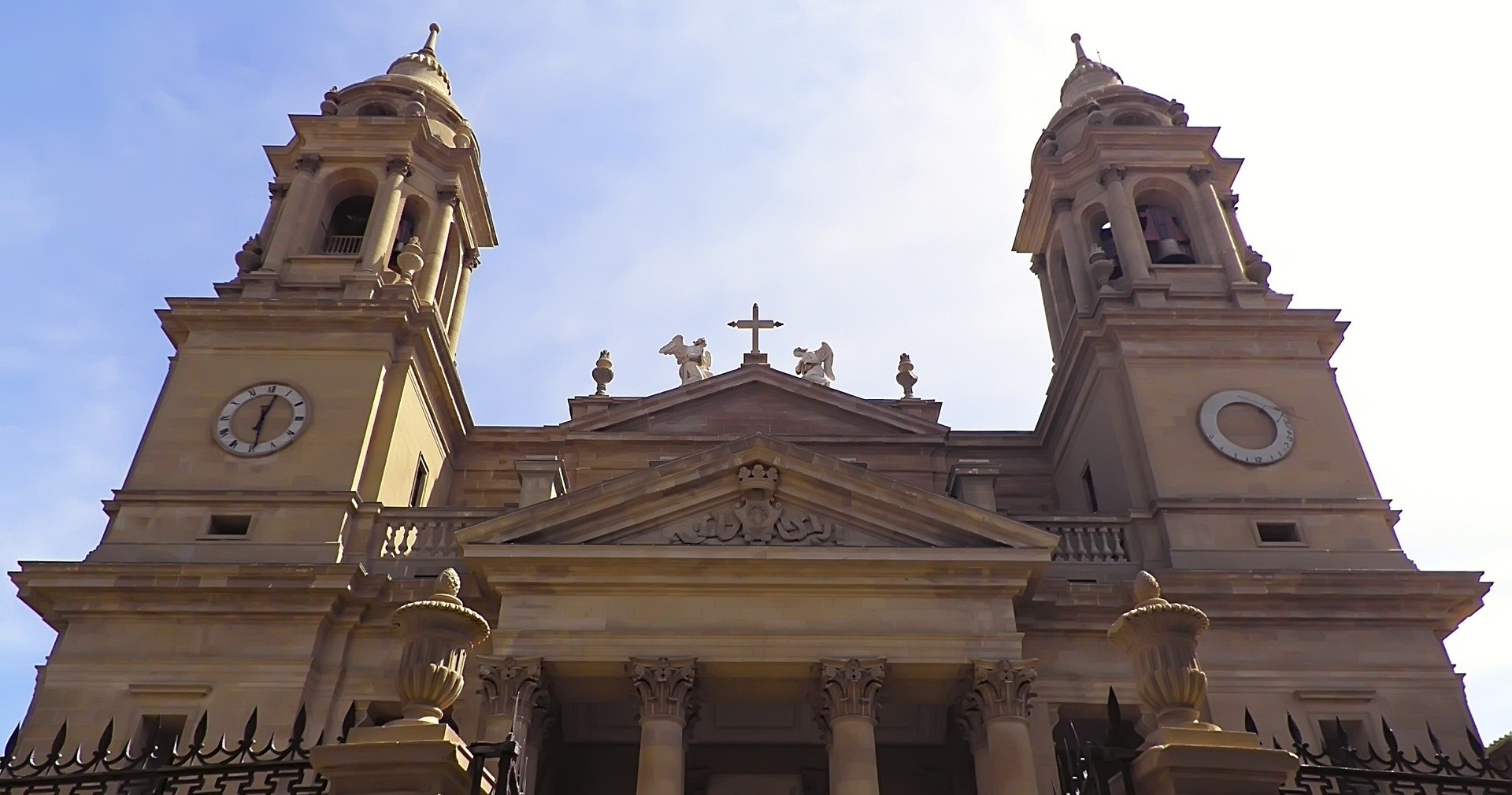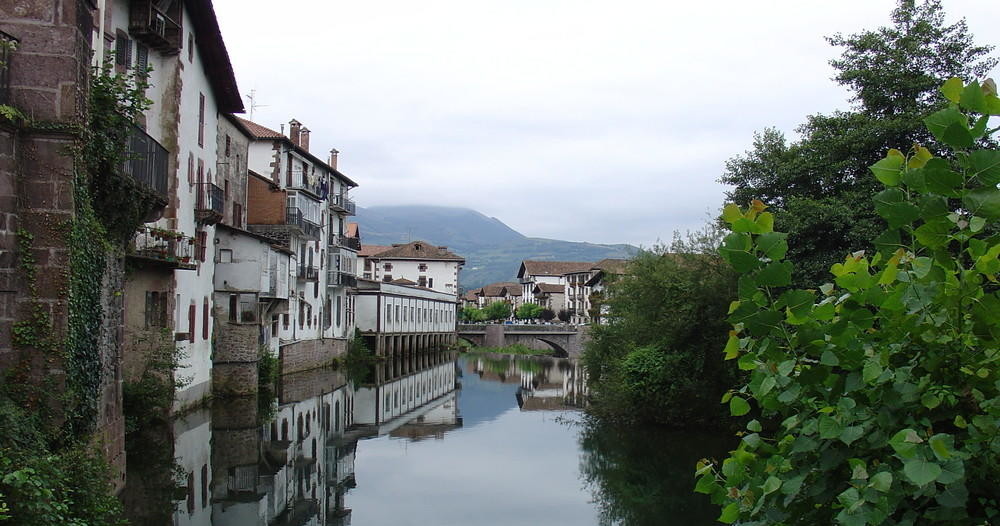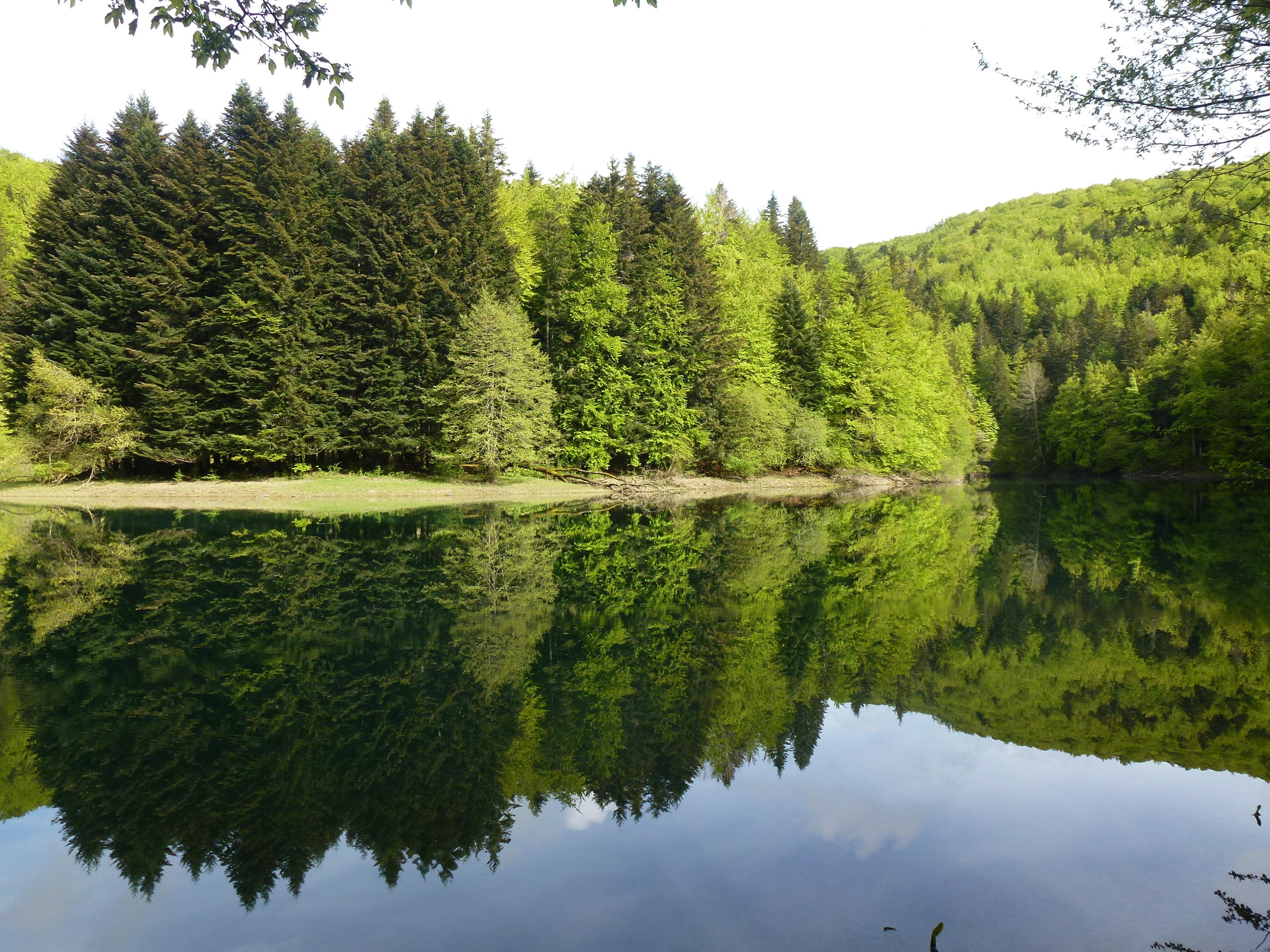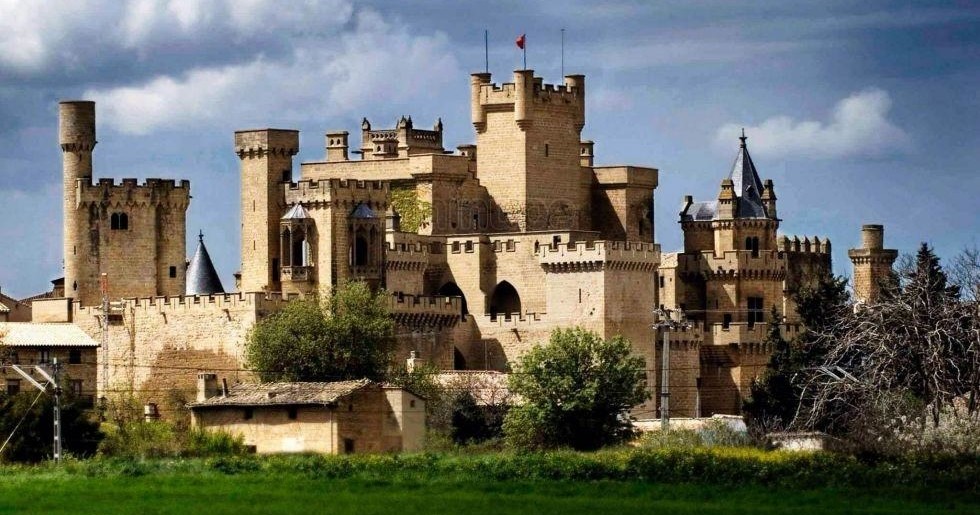Pamplona is a wonderful city, a place full of history with a stimulating cultural atmosphere, fantastic parks and gardens, delicious food ‒ its pintxos are culinary marvels ‒ and a wide range of ways to have fun… In fact, it’s the perfect place to enjoy a weekend break or long holiday. But what makes the capital of Navarre unique is its most important annual event: The Festival of San Fermín.
Each July, the city transforms and puts on a huge show that is packed with excitement, joy, and hospitality. It becomes a vibrant place where there’s always something to see, no matter who you are or where you come from. Over 800 years of history and tradition make the Sanfermines one of those festivals ‒ which can be counted on the fingers of one hand ‒ that you have to see at least once in your lifetime.
History of the Festival of San Fermín
The oldest information known about a festival held to honour San Fermín dates from the 12th century. But it wasn’t until the end of the 16th century that it began to look like the event you see today. This was when 7 July was definitively established as San Fermín’s Day (it was previously celebrated in October) to make the most of the summer weather and have the event coincide with the French festival. This was also when bullfights were introduced and comedies, music, juggling, drumming, dancing, and other shows gradually began to appear before, during and after the procession.
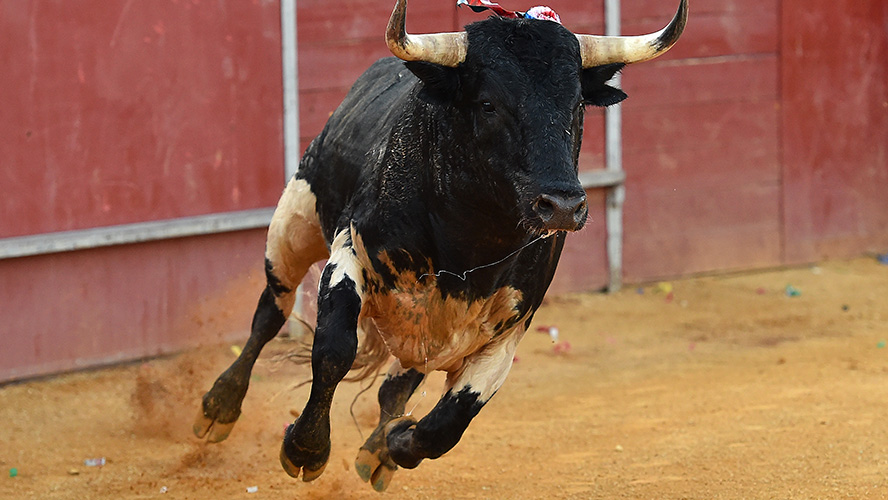
By the 20th century, changes to Pamplona society were accompanied by the exponential growth of the festival. Year after year, the number of visitors who came to Pamplona, travelling from distant corners of Spain to take part in this huge popular event, continued to grow. The festival was almost a thousand years old and more alive than ever.
An international festival in Pamplona
The Festival of San Fermín was originally celebrated by the people of Navarre and their neighbours, but in 1923 that changed forever. This was when the young Ernest Hemingway, an American writer and journalist who won the 1953 Pulitzer Prize and 1954 Nobel Prize for Literature, first visited Pamplona. He would return many times, drawn to the city by its festival.
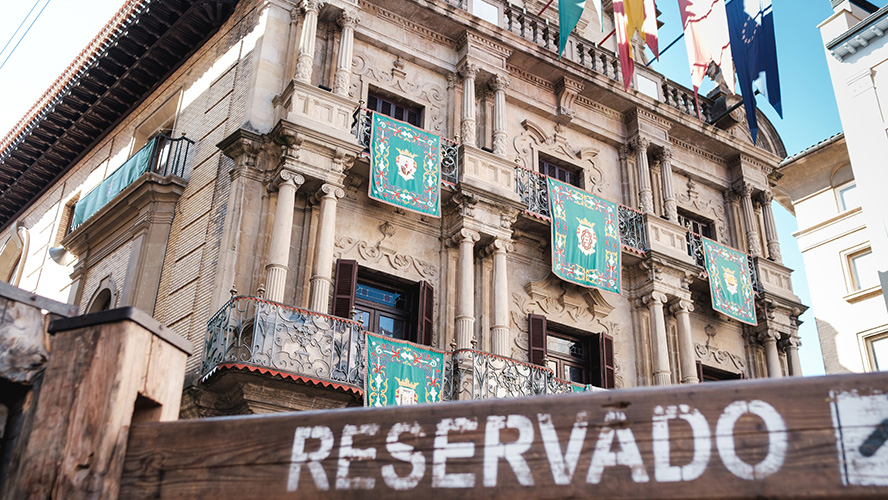
The fascinating experiences of Hemingway and his first wife, Hadley Richardson, were recorded three years later in The Sun Also Rises, a novel that describes in detail everything that takes place during the festival, among other things. It catapulted Hemingway to fame and established him as one of the great writers of his age, also making the Festival of San Fermín one of the most famous events in the world. The rest is history.
San Fermín programme and activities: something for everyone
If there’s one thing that characterises Pamplona’s festival these days, it’s its diversity. There’s always something to do, whether you’re young, old, want to party or unwind… Dress in white, remember your red handkerchief and enjoy every day ‒ and night!
It all kicks off with the chupinazo on 6 July, a rocket that is launched at midday from the Town Hall balcony to mark the official start of the festival. From then on, the city becomes a thronging mass of joy, excitement, and happiness: all the classic elements of one big party.
And there’s an explosion of things to do. Let’s start with the bulls, one of the most notable features of the Festival of San Fermín. The famous running of bulls takes place each day at eight o’clock in the morning when the bulls, tame bullocks, runners, and the odd confused tourist run at full pelt along the streets of the old town. Of course, running with the bulls is a serious business but, fortunately, the whole show can be seen from behind barriers that mark which way to go, or from balconies that can be hired along the route. And at 6.30 pm a bullfight is held in the bullring.
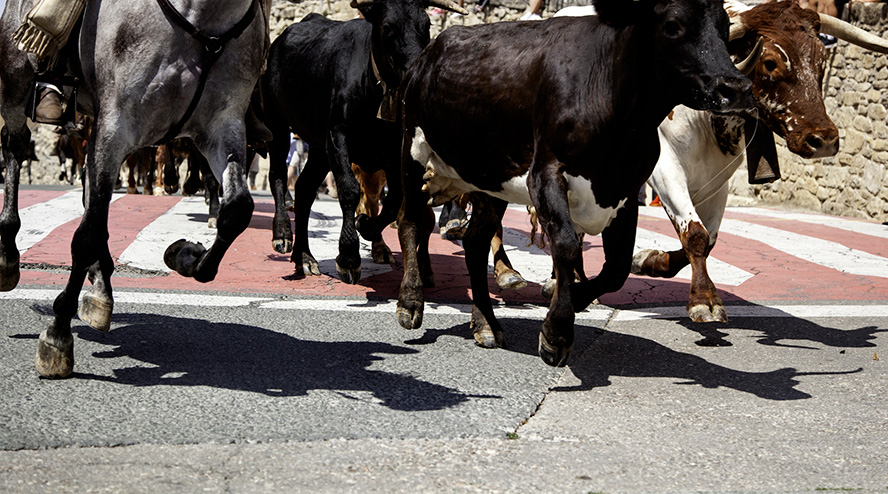
Several more traditional, folkloric activities are also part of the festival, such as the Procession of the Saint on 7 July in the morning. It’s the only religious event in the festival, alongside a solemn mass held in the church of San Lorenzo, and the procession carries the sculpture of San Fermín along the streets of Pamplona’s old town. The procession is joined by music, giants, big heads, and crowds of local residents. Evensong in San Lorenzo, daily parades of giants and big heads, music bands and jota groups, are further traditional events that take place during the Sanfermines.
And then, of course, there’s all the fun leisure activities and entertainment held during the Festival of San Fermín that make it so unique. Open-air dances, fireworks, exhibitions, street performances, children’s and family activities, rural sports, afternoon drinking, literary routes, workshops, club events, DJ sessions, big concerts… Nine days of partying!
The finishing touch to this long week of painting the town red is the Pobre de Mí, a farewell song sung by thousands of people on 14 July at midnight outside the Town Hall; it’s the final official event of the festival. See you next year!
The Route of the Running of the Bulls
There’s no doubt about it, the world-famous race that sees bulls and young men get up close to each other ‒ perhaps too close ‒ is the best-known part of the Festival of San Fermín.
The route ‒ handily fenced off for the occasion ‒ starts at the pens on Cuesta de Santo Domingo, on a bastion that is part of the old wall on the banks of the Arga River. At a given moment, the herd of wild bulls and tame bullocks is released from the pens and sets off at top speed ‒ with good reason this is the most dangerous stretch ‒ running the first 280 m up the street to Plaza Consistorial. There is no place for runners to dodge or hide until they reach the square.

At the square ‒ where the chupinazo was launched on 6 July ‒ the route swerves slightly to the left and enters Calle Mercaderes. After just under 80 m, it reaches the sharp curve to the right that leads to famous Calle Estafeta. This dramatic 90⁰ bend is where the bulls often slip and sometimes even fall (runners should always take the curve on the inside if they don’t want to get dangerously crushed between the herd and the barriers), and this is where you see many worrying moments each year.
And now just over 300 m remain to run along Calle Estafeta. During this stretch, any straggling bulls that have separated from the group, changes to the running pace or ‘traffic jams’ among the runners can lead to serious problems. The final 90 m, the stretch known as Telefónica, leads into the dangerous entrance into the bullring: the passageway is just 3 m wide, and both bulls and people have to run through it. You can guess who holds the upper hand.
875 m of pure adrenaline!
Luckily, you can relive the thrilling race all year round, either by independently walking the route (without the barriers, naturally) or by joining one of the many guided tours that take you to the most famous spots from the pens to the bullring, which is also open to visitors. It might be less exciting but you’re also less likely to end up spiked on the horns of a 500 kg bull: it’s a trade off!
Where to eat in Pamplona
The historic centre of Pamplona is full of options to enjoy the fantastic local food. The only challenge is finding a space. Stopping for a drink on one of the terraces in Plaza del Castillo is lovely at any time of day. Or you could try the city’s world-famous pintxos in the bars and restaurants in the old town; great spots include Bar Gaucho, La Servicial, Txirrintxa, Baserriberri, Iruñazarra and La Mandarra de la Ramos, among many, many others.
Of course, having lunch or dinner seated at a table is also possible, it all depends on how much of a partygoer you are. There’s something for every preference and budget: cider houses like Auzmendi, La Runa and Kalean Gora; traditional restaurants like La Olla, Anttonenea and Casa Otano; grill houses like Olaverri, Chez Belagua and Zaldiko; and Michelin-starred restaurants such as Europa, Rodero and La Biblioteca.
Having churros con chocolate for breakfast (at La Mañueta, del Churrero de Lerín, La Pastelería Gayarre) is a traditional way to start, or end, a day partying in Pamplona.



























































